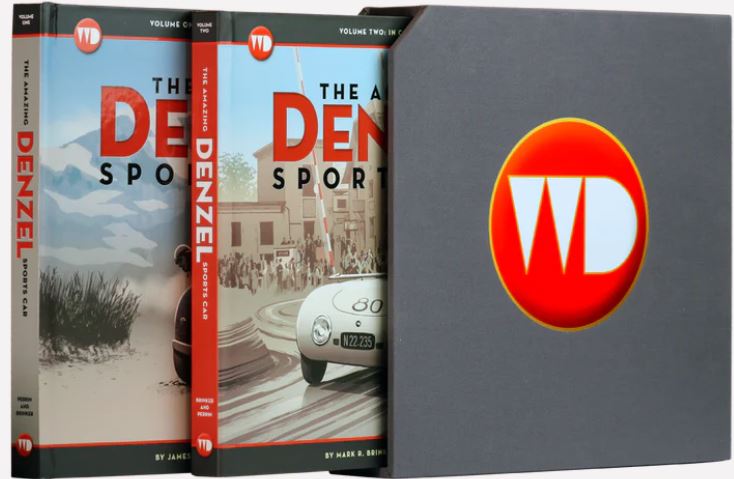
Repair * Restoration * Maintenance (Enthusiast’s Restoration Manual)
Here is the ultimate resource packed with restoration know-how on all kinds of interior fittings in your classic car.
Starting with an initial cleaning, this new volume produced in close co-operation with the editors of Europe’s largest vintage car magazine OLDTIMER MARKT, provides easy-to-follow guidance on how to repair and renovate carpets, headlinings, seats, wood and synthetic material parts, instruments, steering wheels: even how to succeed in making your radio sound just like new!
A special chapter is dedicated to the reproduction of parts on a 3D printer.

Expert trimmers Don Taylor and Ron Mangus share two lifetimes of auto upholstery experience and secrets in this fantastic book. More than 800 color photographs capture every detail youll need to create your own exciting and award-winning custom interiors. Precise step-by-step instructions show you how to turn out completely professional custom interiors. This is an advanced-level book.

The knowledge you need to keep your interior looking like new! Learn how to get professional results from kits you can install in your own garage. Detailed sections cover: headliner replacement, carpet, door panels, dashboard restoration, kick panels, seat kit installation, trunk detailing, using dyes, simple upholstery repairs and more.
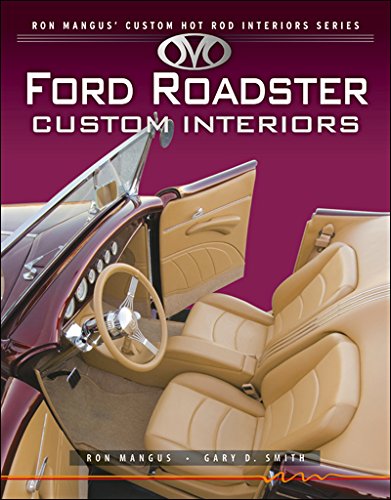
Ford Roadster Custom Interiors will inspire you with 18 examples of award-winning interiors by Ron Mangus. Many different 1929-1935 Ford roadster interior design styles are shown, from the modified stock sleeper look to unrestrained show stoppers. Get a detailed look at creative interior design solutions for seats, door, kick, and rear quarter panels, carpet, mats, headliner, trunk, seat bolsters, and many other interior design areas. After experiencing this book, you’ll want to personalize your own Ford roadster interior.
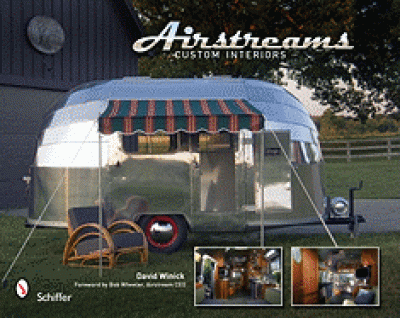
Few shapes rolling down the highway are as instantly recognizable as silver Airstream trailer homes. With over 200 sparkling color images and engaging text, this book presents David Winick’s adventure re-creating custom-built Airstream home trailers that date from1948 to 2007, including his 75th Anniversary Bambi trailer. The challenge of making functional and beautiful small living spaces helped drive the restoration work. Learn the process, beginning with empty shells and ending with rolling Airstream art. This book will enlighten the growing legion of Airstream aficionados, architects and designers with a passion for small space living, and all who have ever camped or admired an Airstream.
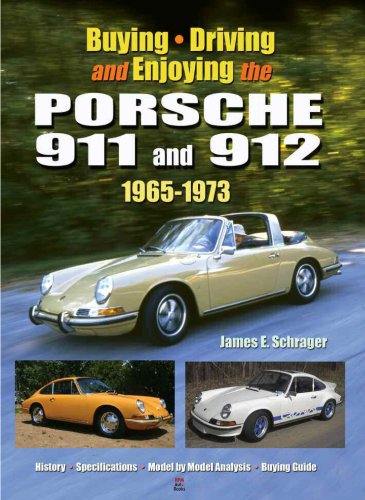
A comprehensive, all-color overview of the first 911 series from Porsche, written by an expert. History, technical and market details, covering all models from the first 911s and 912s to the 1973 Carrera RS. In-depth information about body styles, engines, transmissions, equipment, trim, wheels, interiors, all illustrated in color. New torque charts clearly compare each car’s performance and an exhaustively researched chassis/engine/transmission chart is included. 1970 Factory tour photos open each chapter. Detailed descriptions with specifications and comparisons of each year and model, along with accurate and authoritative assessments give the Porsche enthusiast a complete insider s look at these timelessly popular sports cars.
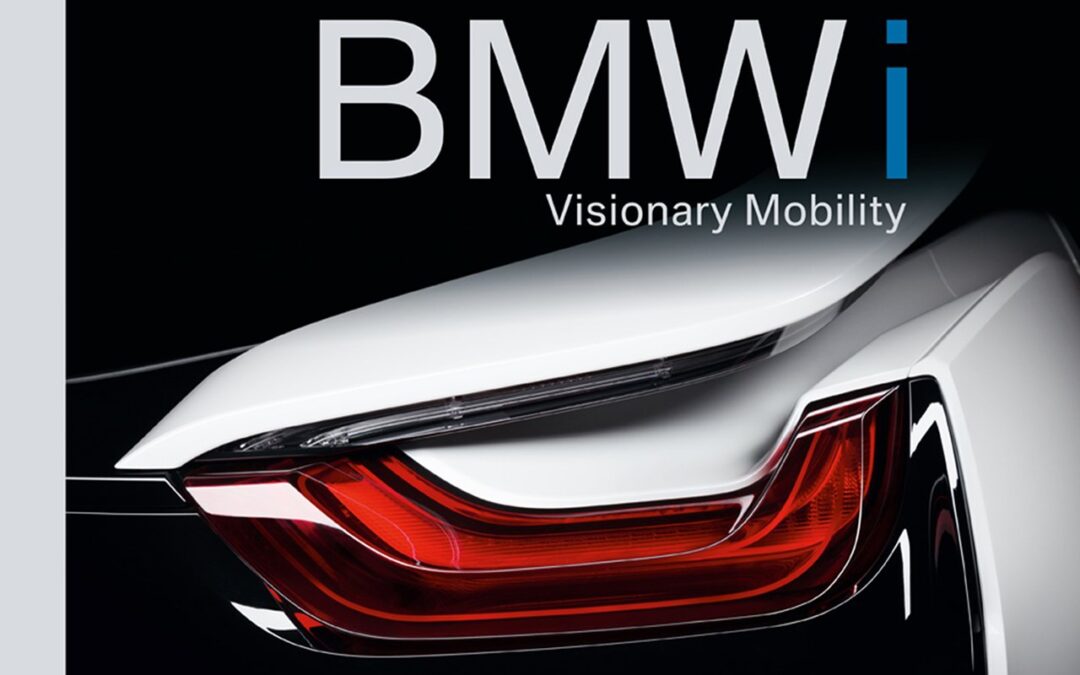
In the spring of 2008, a think tank of engineers, designers, trend researchers, and financial experts met on a factory floor of BMW’s parent plant in Munich to rethink mobility for a world of dwindling resources. Providing extensive insight into BMW’s workshop of ideas, this volume traces the venture’s design history and looks to the future of sustainable cars.
Grappling with major challenges of our time—from climate change to megacities and the scarcity of resources—contributors imagine solutions taking shape through technological innovations, networked mobility, sustainability in production, and the use of renewable materials. A unique look behind the scenes, this volume opens a window onto BMW’s complete development process, from initial conception to world premiere, presenting models for everything from plug-in hybrids with eucalyptus wood interiors to full-electric, self-driving cars. Replete with close-up photographs and fascinating model drawings, BMW i is a must-have for lovers of modern design and automobiles and for anyone interested in electro-mobility and sustainable technologies.
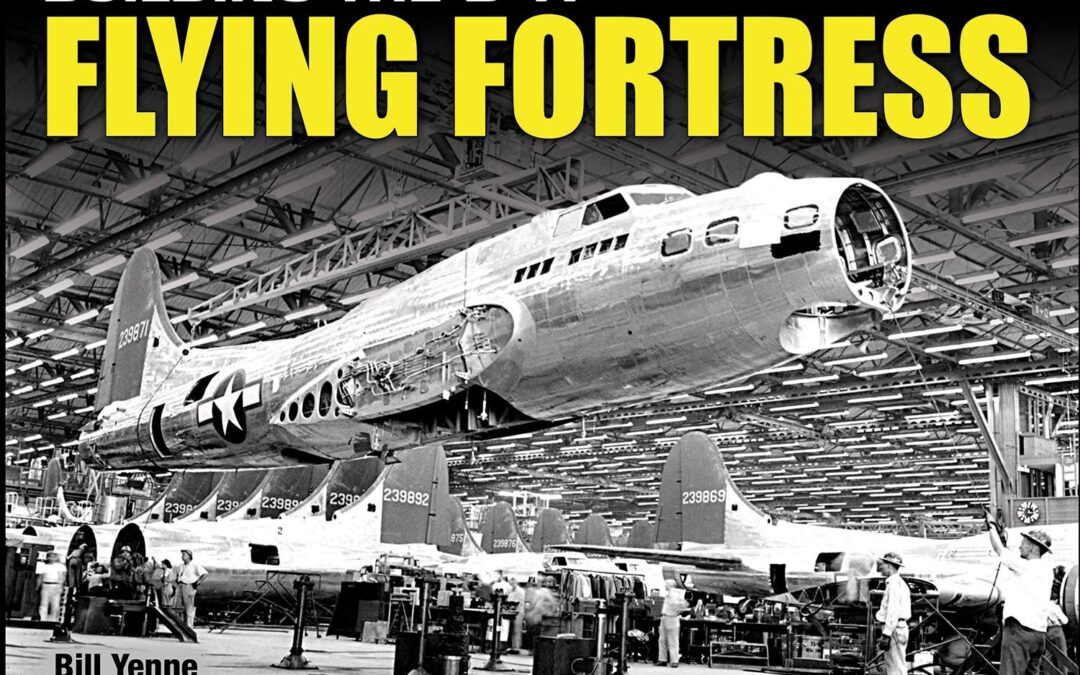
This new book reveals rare original photos and full manufacturing details of America’s greatest multi-engine combat aircraft flown in World War II. Contents cover building the Flying Fortress from wingtip to wingtip and from the bombardier’s Perspex nose to the tail-gunner’s twin-Browning cannons. Significant aspects of B-17 production include exterior views of each model variant from various angles, all crew stations in each B-17 type (including the entire flight deck), defensive gun turrets used in every B-17 model, fuselage interiors, exteriors, engines, nacelles, and even control surfaces. Factory-original color cutaway drawings as well as reproductions of original specifications sheets and other information-packed documents created by manufacturers during the 1940s are also included for the reader. As a research asset, the book’s appendices feature a detailed survey of every production block of the 12,731 B-17 bombers produced during the war in an unbelievable time span of only three-and-a-half year–an industrial phenomenon unlike any the world had ever seen.
What sets this book apart from all others in the crowded B-17 field is literally hundreds of factory-original close-up detailed photographs and illustrations accompanied by comprehensive high-resolution reproductions of original Boeing drawings, and all are explained in detailed yet easy to understand descriptive text. This book provides valuable data for the serious Boeing B-17 aficionado as well as a compelling story of America’s aircraft manufacturing prowess for the dedicated aviation enthusiast.
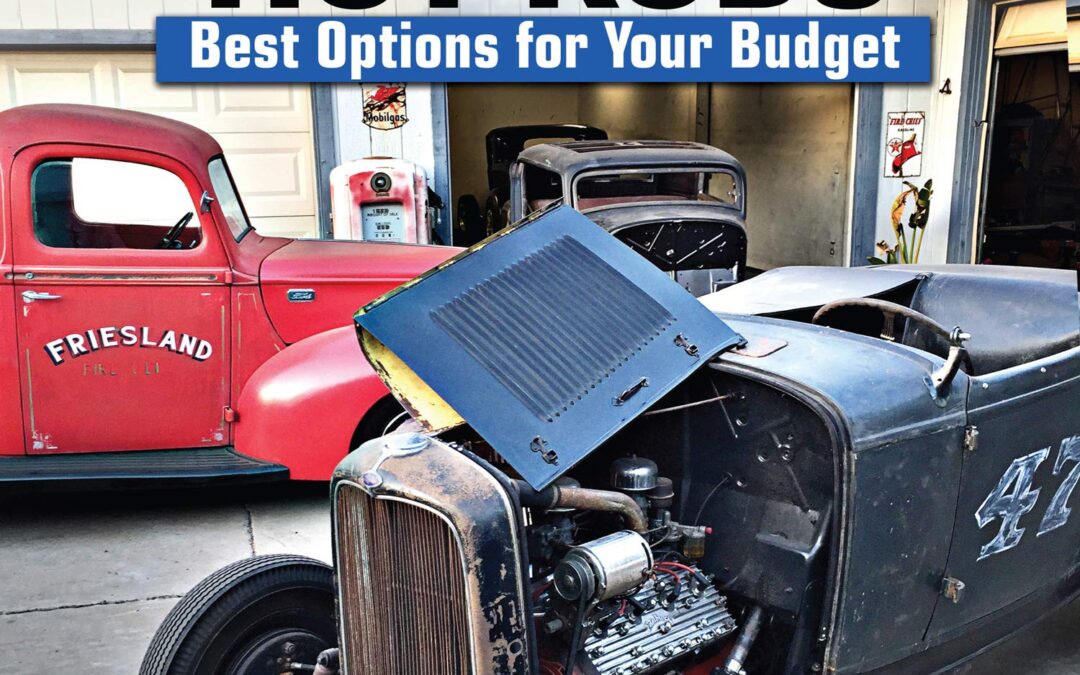
Learn how to build an affordable hot rod following the advice of the masters!
In How to Build Affordable Hot Rods, author and lifelong hot rod aficionado Tony Thacker takes you through the process of building a hot rod on a budget. Drawing on his own extensive experience of both buying and building rods, Thacker explores the good, the bad, and the ugly. The good was setting a land speed record at Bonneville, the bad was buying a rod from which the previous owner had “swapped out” the good engine, and the ugly–well, let’s just not go there. How to Build Affordable Hot Rods includes extensive how-to sections that cover step-by-step chassis builds for Model A, 1932, and 1936 Fords, including front- and rear-end setups. The in-depth chassis builds are complimented with sections on powertrain choices, bodywork and roof chops, wheels and tires, and wiring and paint. Also included are chapters on interiors and the all-important details that individualize any project to ensure that it stands out from the rest.
When Henry Ford introduced his beloved Model T, he unwittingly gave the average person the means to go racing. Prior to the T, racing was mostly a sport of the rich, but that changed with the Model T. Stripped of fenders and hopped up with speed parts, T speedsters ruled, and it wasn’t long before enthusiasm on the track translated to the street and the term hot rod entered the vernacular.
Of course, it didn’t need to be a Ford (and still doesn’t), but the easiest and therefore cheapest route to Hot Rod Boulevard is down the Ford road. The journey accelerated after World War II, as hot rodding boomed with the growth of speed shops, car shows, drag racing, talented and trained GIs returning home, and the launch of Hot Rod magazine to spread the gospel far and wide. More than 100 years after the original Model T, hot rodding remains alive and well in the Australasia, Europe, and (of course) its birthplace the US.
Learn from the best and get started building your affordable hot rod today!

This revised and expanded third edition of VW Camper – The Inside Story updates the story across six generations of the VW Bus and includes additional information and pictures, including more conversions, as well new information about the very early years and the latest models.
Using archive and period brochure images, and photographs of original-condition models still surviving to illustrate the detailed text, it documents the various specifications, layouts, fitments and optional equipment of over forty different conversion companies, from well-known names like Devon and Westfalia, to lesser-known or unusual models such as Slumberwagen and Arcomobil. Since publication of the first edition in 2005, followed by a revised, expanded edition in 2012, VW Camper – The Inside Story has been acclaimed by enthusiasts and lovers of the VW Camper, and has become a definitive guide to the many different camping conversions built on the VW Transporter and Microbus.
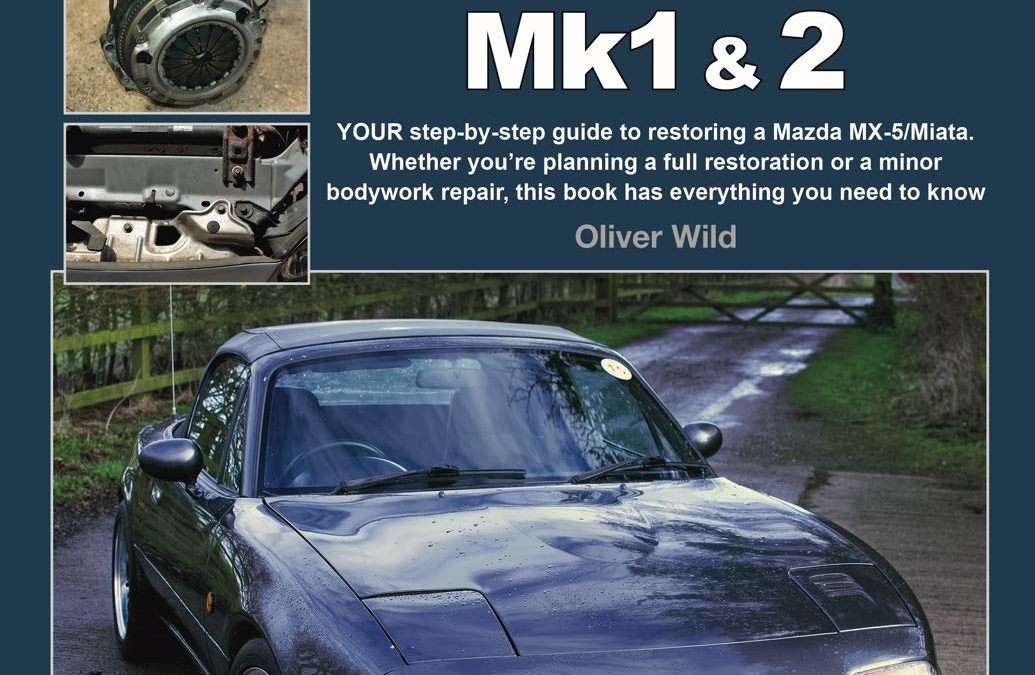
Your step-by-step guide to restoring a Mazda MX-5/Miata
An easy to follow guide to restoring a classic Mazda MX-5/Miata – the world’s favourite small sports car. This book takes you step-by-step through choosing a project car, looking the car over, planning the restoration, and buying parts and tools to perform the work. The comprehensive text is fully supported by high-resolution photographs, guiding you through stripping the car down, cutting out and repairing rust, restoration of interiors, replacing the hood, refurbishing the underside of the car including the floor pan, suspension, brakes, undersealing, reassembly, replacing the cam belt and waterpump, replacing engine seals and gaskets to cure common leaks. It also provides a guide to handy upgrades as you go along. Whether you are looking to restore to original condition or build an out-and-out track weapon, the techniques described in this book will assist you in getting the right base to start with. The book is based on an actual restoration of a vehicle carried out by the author, with before and after shots.
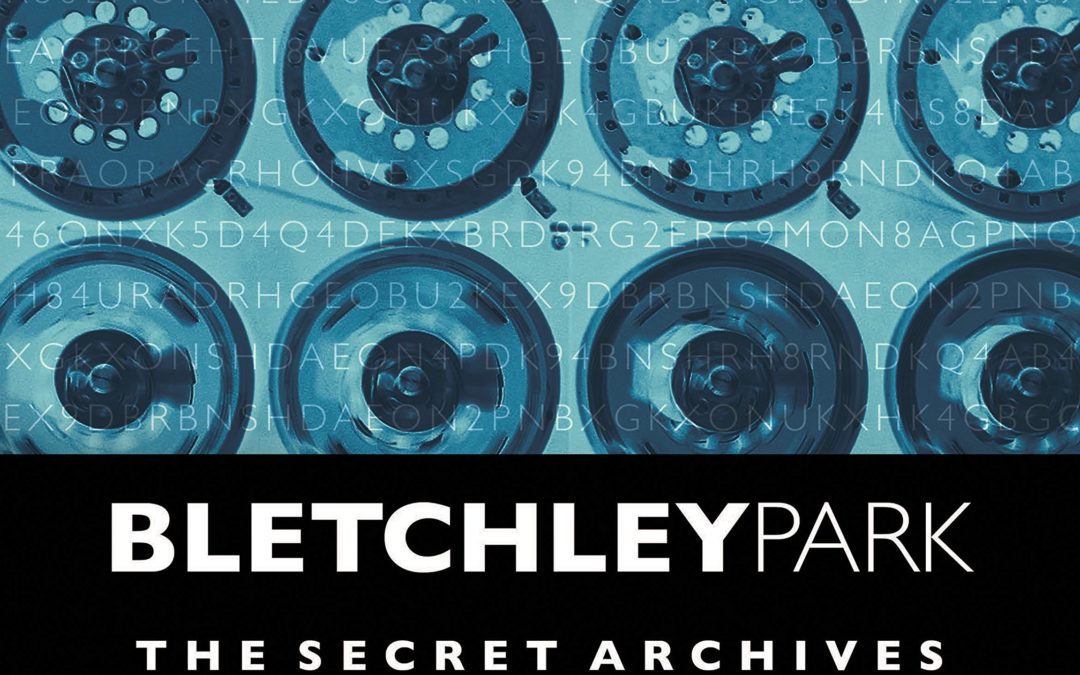
This beautifully presented slipcased collector’s edition of the best selling title, The Lost World of Bletchley Park is a comprehensive illustrated history of this remarkable place, from its prewar heyday as a country estate, its wartime requisition and how it became the place where modern computing was invented and the German Enigma code was cracked, to its post-war dereliction and then rescue towards the end of the twentieth century as a museum.
Removable memorabilia includes:
1938 recruiting memo with a big tick against Turing’s name
Churchill’s ‘Action this day’ letter giving code breakers extra resources
Handwritten Turing memos
Top Secret Engima decryptions, about the sinking of the Bismark, German High Command’s assessment of D-Day threat and the message announcing Hitler’s suicide
A wealth of everyday items such as authentic theatre posters, a map of Bletchley Park, canteen menus, teleprinter print-outs of codes, the Colossus paper tape spooled through machines
Newly redesigned interiors with 25% new content, high end slipcase package featuring removable facsimile documents, this is an essential purchase for everyone interested and wanting to experience the place where code-breaking helped to win the war.
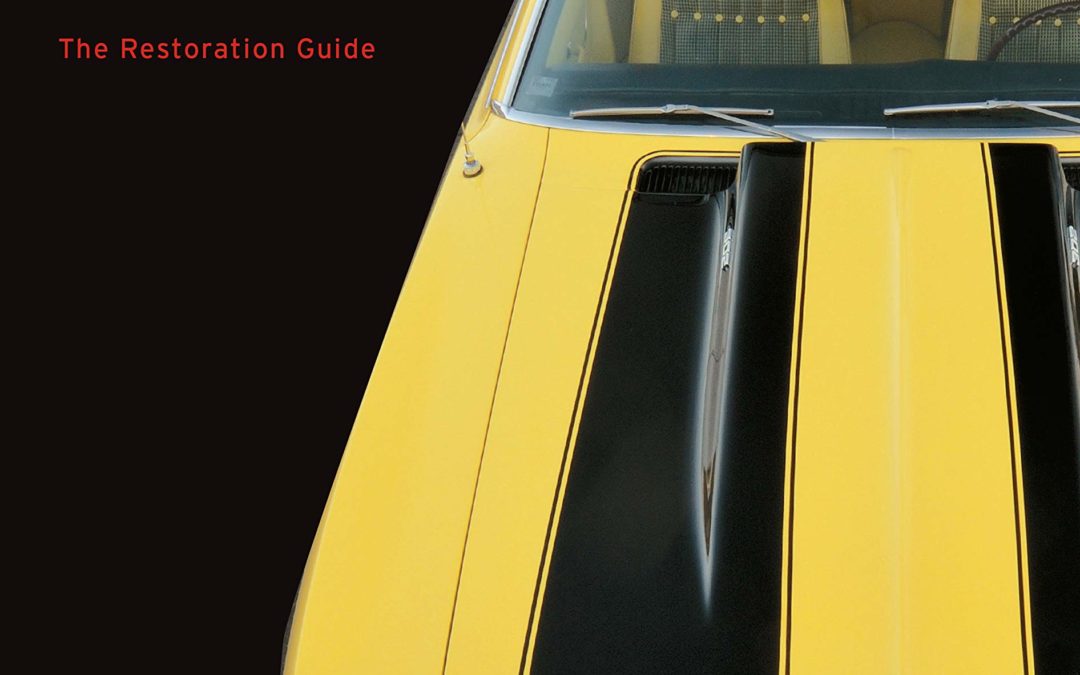
Factory-correct cars will always be the most valuable cars on the market. Original Chevrolet Camaro 1967-1969 tells you exactly which parts, accessories, finishes, fabrics, and colors you must have to restore your Camaro to its factory-original condition—or exactly what to look for when shopping for a restored Camaro.
Some 250 color images detail Chevy’s major performance packages of the period—the SS, RS and Z/28—while exhaustively detailing engines, interiors, and bodies. Of equal importance, muscle-car authority Jason Scott provides factory records, comprehensive specifications, detailed parts lists and codes, and period literature to offer the definitive guide to originality.
Chevrolet’s Camaro was introduced in 1967 on the heels of Ford’s best-selling Mustang. It quickly established itself as the go-to option for muscle-car customers wanting a more aggressive pony car.
During its first generation from 1967 to 1969, GM offered option packages to satisfy all tastes, from six-cylinders grocery-getters to agile small-block cars to big-block monsters ready for drag racing straight off the showroom floor. Today, these first-generation Camaros are some of the most valuable cars in the collectible muscle-car market.
This is a must-have volume for any enthusiast shopping for a first-generation Camaro or about to undertake a restoration project.

In this long-awaited follow-up to the best-selling first edition of How to Draw Cars Like a Pro, renowned car designer Thom Taylor goes back to the drawing board to update his classic with all-new illustrations and to expand on such topics as the use of computers in design today. Taylor begins with advice on selecting the proper tools and equipment, then moves on to perspective and proportion, sketching and cartooning, various media, and light, shadow, reflection, color, and even interiors. Written to help enthusiasts at all artistic levels, his book also features more than 200 examples from many of today’s top artists in the automotive field. Updated to include computerized illustration techniques.
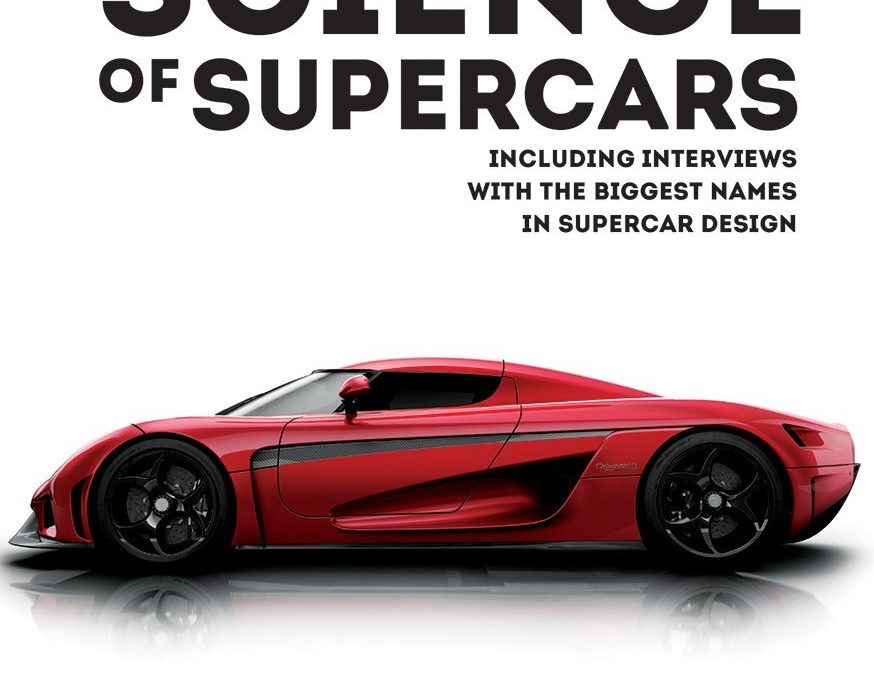
Trace the evolution of the supercar through the technology that drives it.
In The Science of Supercars, the authors describe the history of supercars, unraveling the mysteries and mechanics of the cars that changed the automotive world forever. In-depth interviews with the top names in the supercar and racing industries reveal their opinions on today’s supercars and their visions for the future.
David Coulthard, runner-up in the 2001 Formula One World Drivers’ Championship, provides the introduction. The authors follow with comprehensive chapters of inside information and exciting photographs that will be a catalog for supercar shoppers and a dream diary for others. The images show the interiors and exteriors of supercars and illustrated insets explain the technology.
-
1. The Thirst for Power – The internal combustion engine and the early days of speed
2. Style Versus Substance – Next steps, and the birth of aerodynamics
3. Emerging Technologies – The mechanics of war drive the birth of the supercar
4. Configuration – The Miura, the E-Type and the dawn of the modern age
5. The Science of Theater – Fashion and styling take center stage
6. The Turbo Years – The Porsche Turbo and the rebirth of supercar science
7. All-Wheel drive – Power or technology: how designers keep the cars on the road
8. Composites – The McLaren F1 and its technological legacy
9. Emerging Aero – Understanding the complex art of aerodynamics
10. Going to the Opera – The remarkable science behind the era-defining Bugatti Veyron
11. The Holy Trinity – Hybrid tech ushers in a new kind of supercar
12. The Future – The technology on the verge of reshaping the landscape.The Science of Supercars includes interviews with three of the top figures in the supercar world: Adrian Newey, legendary British Formula One engineer; Dr. Wolfgang Schrieber, Chief Engineer of the Bugatti Veyron; and Gordon Murray, designer of the McLaren F1 supercar, as well as contributions from iconic supercar manufacturers that include Lamborghini, Porsche, Bugatti, Pagani and McLaren.
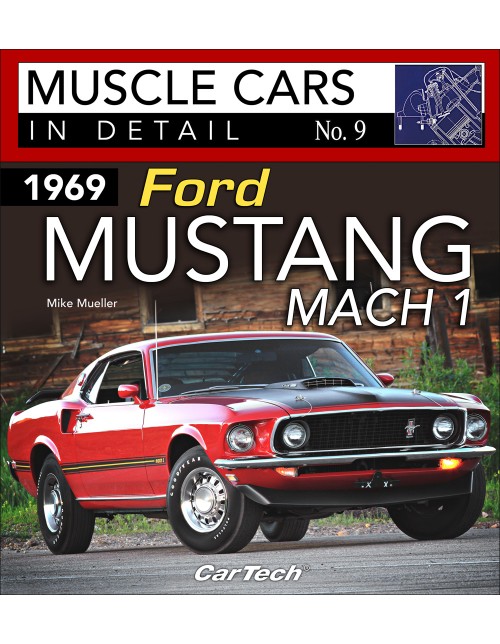
By the time the 1969 model year rolled around, it was well established that muscle cars were fast and plentiful. Every manufacturer had at least one corner of the showroom where the “go fast” guys could congregate and discuss the merits and time slips of the latest performance offerings. Competition being what it was, the manufacturers were looking for ways to entice potential buyers to choose their product over ever-increasing offerings from the competition. Some manufacturers tried to accomplish this with affordable prices, some tried fancy marketing schemes, and some created a look and a style that screamed “performance” even when standing still.
The 1969 Mach I was Ford’s attempt to create a package and a style to match the performance of its recently released and very potent 428-ci Cobra Jet engine package. Displacing the still-available but more conservative GT trim, the Mach I included unique and innovative graphics and mechanical innovations including shaker hood scoops, dual racing mirrors, deluxe interiors, competition suspension, dual chrome exhaust tips, and blacked-out hoods. The result was a wildly popular model that sold more than 70,000 units, compared to slightly more than 5,000 GT models for the year.
Each volume in the In Detail Series provides an introduction and historical overview, an explanation of the design and concepts involved in creating the car, a look at marketing and promotion, an in-depth study of all hardware and available options, and an examination of where the car is on the market today. Also included are paint and option codes, VIN and build tag decoders, as well as production numbers.

Develop the skills to give your vehicle’s worn-out interior new life!
Starting with a list of necessary tools, author Fred Mattson guides you through all the required tasks, including seat restoration; door panel removal, patterning, assembly, and installation; headliner removal and installation; carpet cutting; and even convertible top restoration. The easy-to-follow, step-by-step presentation allows for a thorough understanding of all the processes. Every photo provides a hands-on approach that shows you how to repair and restore a car’s interior to concours, show-quality specifications.
After disassembling and gutting your car, it is easy to feel that you’re in over your head when it comes to the upholstery. This is why so many do-it-yourself restorers outsource the work, at considerable expense, to an experienced upholstery shop. Taking the time to acquire the skills for upholstery restoration may feel like a daunting task, but what if an experienced upholsterer presented every skill you needed to restore upholstery yourself?
Other restoration books may show you beautifully restored interiors, but they don’t show you how to produce them. This book helps you learn the skills needed with instruction from a professional upholsterer, saving you thousands of dollars over outsourcing the restoration. If you are interested in saving money, doing a complete restoration yourself, or simply want to know how it’s done, this book is a handy addition to your automotive library.
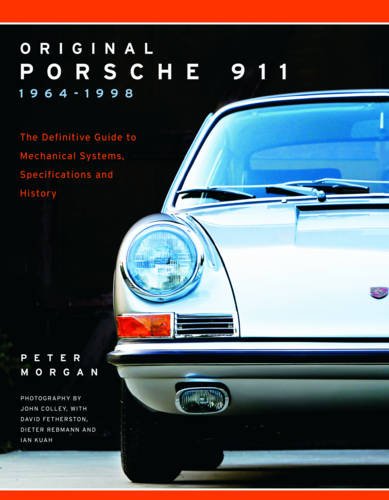
The Definitive Guide to Mechanical Systems, Specifications and History (Collector’s Originality Guide)
The definitive guide to 100% original and correct Porsche 911 restoration, this book covers every inch of each air-cooled 911 generation in precise detail. It includes mechanical details, bodywork, interiors, and more, all illustrated with exquisite color photographs and in-depth text. The last word on the Porsche 911, this book is the resource that no collector–whether a practical restorer or a die-hard enthusiast–can afford to be without.

Though the line between hot rods and street rods is often blurred, street rodders are quick to point out the difference. Early hot rods were built for pure speed while todays street rods are crafted for looks, comfort, and performance.
Its not uncommon to see street rods sport Jaguar or Corvette independent rear suspensions, Camaro front sub frames, four-on-the-floor transmissions, power steering, or fuel-injected engines. There is no limit to the ingenuity and engineering one can put into a street rod-anything goes!
The Street Rod takes readers on a tour of the interiors, exteriors, and engines of 11 of these rolling sculptures with details on everything from upholstery and paint jobs to suspensions and transmissions. Street rodder and author Tom Benford covers common street rod jargon and makes a stop at Posies Rods & Customs, a well-known Pennsylvania custom shop.
Welcome to the wild and wonderful world of The Street Rod. Buckle up-youre in for quite a ride!






